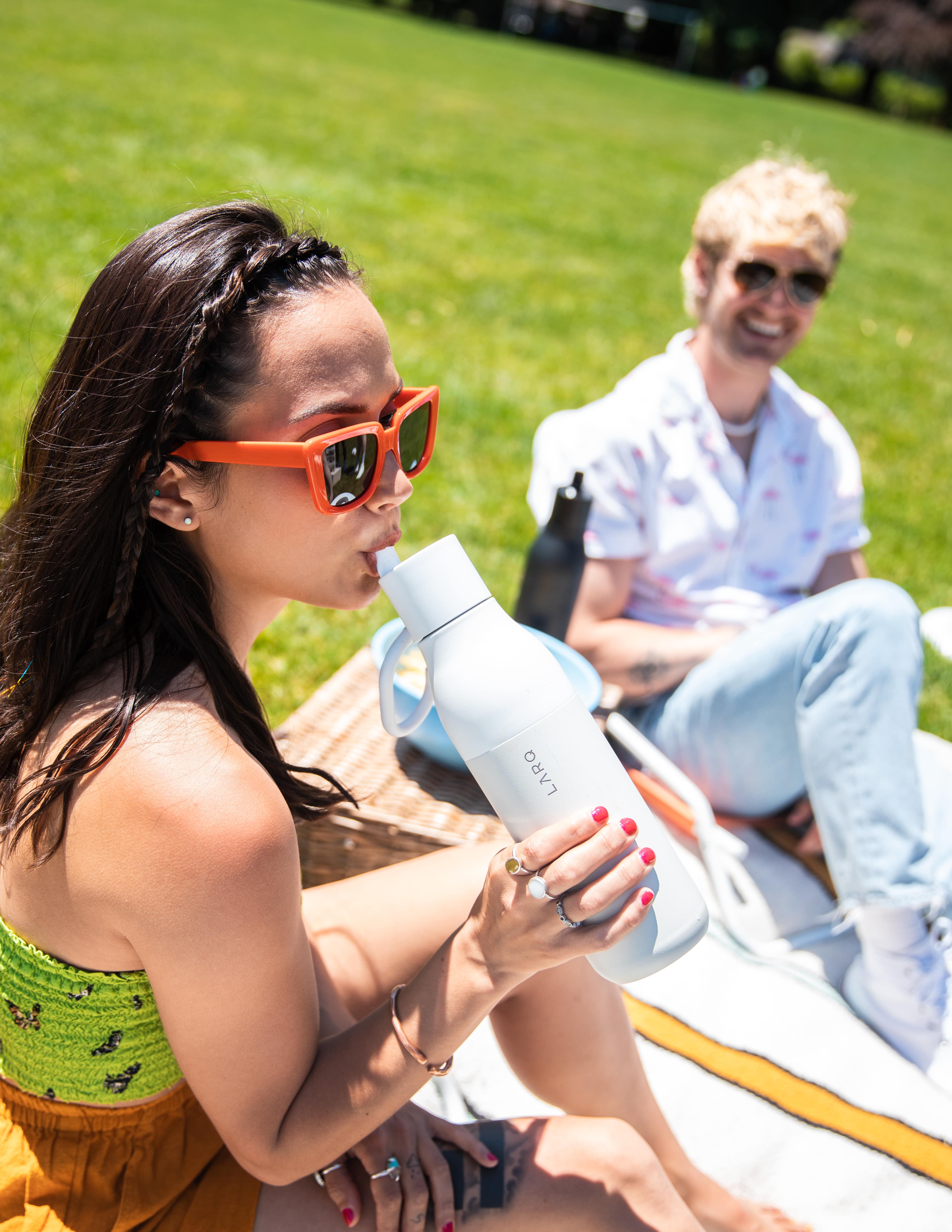Summer is officially in full swing! But with all of the fun times that come with the year’s hottest season — think pool parties, BBQs with loved ones, days at the beach or the lake — also comes the risk of heat stroke and other heat-related illnesses.
In this blog, we’ll go over the signs and dangers of heat stroke and other heat-related illnesses. We’ll also talk about the best ways to prevent heat stroke so you can stay safe no matter how high the temperature is climbing out there.
What is a heat stroke?
Heat stroke is a medical emergency in which your body can no longer regulate its own body temperature.
Under normal circumstances, your body has a biological series of checks and balances that lets it keep your internal body temperature at a steady 98.6°F. For example, when it’s hot out, you start sweating, which releases some heat and cools you down.
Unfortunately, under conditions of extreme heat, your body can get to the point where you are no longer able to sweat and regulate your temperature. This can lead to overheating very quickly, which can be serious and even fatal. Anyone can suffer from heat stroke, but it is especially dangerous for young children and the elderly.
The dangers of extreme heat don’t end with heat stroke, either. Other serious heat related illnesses include:
- Heat rash
- Heat cramps
- Heat exhaustion
- Sunburn
How to know if you’re experiencing heat stroke
Because heat stroke is so dangerous, it’s important to learn the signs so that you can go outside and recreate safely. The most common signs of heat stroke include:
- A body temperature of 103°Fahrenheit or more
- Strong, quickened pulse
- Headache
- Dizziness
- Seizures
- Nausea
- Confusion
- Loss of consciousness
IMPORTANT: If you believe you are experiencing heat stroke, call 911 immediately. If you are helping someone who you believe is experiencing heat stroke, move them to a cooler area and try to lower their body temperature, but do not give them anything to drink.

Preventing heat stroke
So how do you prevent such a dangerous health emergency, even in the middle of the summer when the temperatures are soaring to extremes?
Stay very, very well-hydrated.
During the hot months of summer, it’s critical to stay hydrated to decrease your risk of heat stroke. Drinking plenty of water helps you sweat, which is so crucial for body temperature regulation, and it also helps keep your heart working by preventing the loss of electrolytes. Because adequate hydration is so crucial for your body’s temperature regulation, being dehydrated can be disastrous especially when it’s hot out.
Keep plenty of cold water on hand at all times. Having an insulated water bottle like the LARQ Bottle Filtered or Bottle PureVis is extremely helpful for this. The filtration bottle makes any potable tap water source tastier, which for some, is enough to motivate you to continue drinking water. The PureVis technology uses non-toxic UV-C rays to keep the bottle and water fresh—the ultimate emotional support water bottle. For those who hate the smell of day-old bottles, this can be the solution that keeps you drinking regularly, even if you don’t actually feel thirsty.
In extreme cases of heat and sweating, a sports drink can also help prevent dehydration since it also has the electrolytes that your heart needs to pump regularly.
Finally, it’s a good idea to minimize your consumption of other drinks that can actually make dehydration worse, like caffeine and alcohol.
Plan your activities around the heat.
Having fun in the sun is one of the best parts of the summertime, but it can also be dangerous during extreme heat.
To avoid increasing your risk of unnecessary heat exposure, try rescheduling your activities so that you are not outside and exposed to high temperatures during the hottest parts of the day. For example, if you’re planning on doing a hike or a run to your favorite vista point, get it done in the early morning when temperatures are not as extreme. Then, when the afternoon comes and the heat really starts to increase, you can go inside and spend it safely in a cooler area.
Avoid going outside during a heat wave
In a similar vein, pay special attention to the temperature when you have strenuous and/or outdoor activities planned. If your plans coincide with a heat wave, or a period of extended extreme heat, it may be smarter to reschedule for a time when it isn’t quite as dangerous. Instead, stay indoors during a heat wave so that you have access to air conditioning or a fan.
Dress appropriately for the weather.
If you are planning on venturing outside (or even if you’re stuck indoors on a hot day) you should also plan your clothing accordingly to keep you cool. Stick with light, loose, and airy clothing in natural moisture-wicking fabrics like cotton, bamboo, or linen. These allow your body to breathe and stay as cool as possible even when it’s hot out.
Finally, finish off your fit with a wide brimmed hat and sunglasses to protect your skin and eyes from those harsh rays.
Use sunscreen, always.
If you’re planning on being outside at all — even if it’s only going to be for a short period of time — make sure to lather on the sunscreen. The UVA and UVB rays from the sun can seriously damage your skin and increase signs of aging like wrinkling. At worst, it can also put you at risk for sunburn, which can be painful and can even increase your risk for skin cancer over time.
Use a broad-spectrum SPF to minimize any damage from the sun, and make sure to reapply it every couple of hours especially if you’re going to be sweating or swimming.
Final Thoughts
Spending time out in the great outdoors and getting your tan on is what summer is all about, and it’s no wonder that so many of us look forward to the heat and sunshine all year long. But all of that fun also comes with the risks of excessive heat, which can lead to serious medical emergencies like heat stroke and sunburn. While you’re out having fun, make sure to stay hydrated, keep an eye on the soaring temperatures, and adjust your activities accordingly to reduce your risk. Have fun out there and stay safe!
